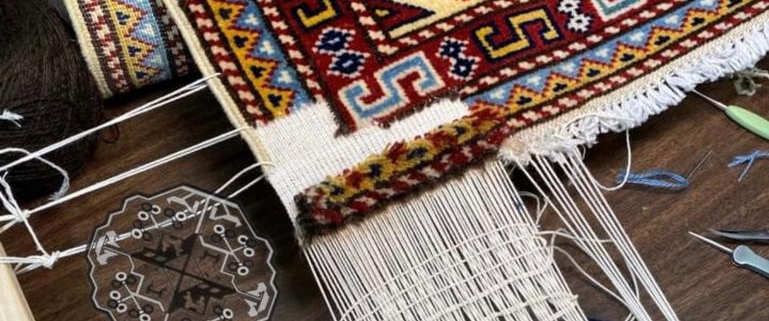Area Carpet Damage and Prevention in Orlando
Area carpets are a popular choice for homeowners in Orlando due to their versatility, comfort, and aesthetic appeal. However, the city’s unique climate and lifestyle factors can contribute to carpet damage, leading to costly repairs or replacements if not properly managed. Understanding the common causes of carpet damage and adopting effective preventive measures can significantly extend the life of your area rugs while maintaining their beauty and functionality.
Common Causes of Area Carpet Damage in Orlando
- Humidity and Moisture
Orlando’s humid subtropical climate, characterized by high humidity and frequent rain showers, poses a significant risk to area carpets. Excessive moisture can seep into the carpet fibers, promoting mold and mildew growth, leading to unpleasant odors, discoloration, and structural damage. Additionally, prolonged exposure to moisture weakens the carpet backing, resulting in warping and detachment. - Sunlight Exposure
Florida is known for its abundant sunshine, which, although delightful, can be detrimental to area carpets. Prolonged exposure to direct sunlight causes carpet fibers to fade and weaken over time, particularly in areas near windows and glass doors. UV rays can also cause discoloration and deterioration, reducing the carpet’s lifespan. - Foot Traffic and Wear
High foot traffic areas, such as hallways, living rooms, and entryways, experience more wear and tear. In Orlando, where outdoor activities are prevalent, dirt, sand, and debris are often tracked indoors, grinding against carpet fibers and leading to matting and fraying. Pet owners also face additional challenges, as claws, accidents, and shedding can contribute to carpet damage. - Furniture Indentations and Movement
Heavy furniture placed on area carpets can leave permanent indentations. In humid conditions, the carpet fibers become more malleable, making it easier for the weight of furniture to compress the fibers. Additionally, frequent movement of furniture can cause friction, leading to tearing or stretching of the carpet material.
Effective Prevention Tips
- Control Humidity Levels
To prevent moisture-related damage, maintain indoor humidity levels between 30% and 50%. Using dehumidifiers and ensuring proper ventilation can minimize mold and mildew growth. In high-humidity areas, consider using moisture-resistant carpet pads or opting for synthetic carpets that are more resistant to mold. - UV Protection
Protect your carpets from harmful UV rays by using window treatments such as blinds, curtains, or UV-blocking window films. Rearranging furniture periodically or rotating carpets can also ensure even exposure to sunlight, preventing uneven fading. - Regular Cleaning and Maintenance
Frequent vacuuming, at least twice a week, helps remove dirt and debris before they become embedded in the carpet fibers. Professional deep cleaning every 6 to 12 months is also recommended to maintain the carpet’s appearance and







